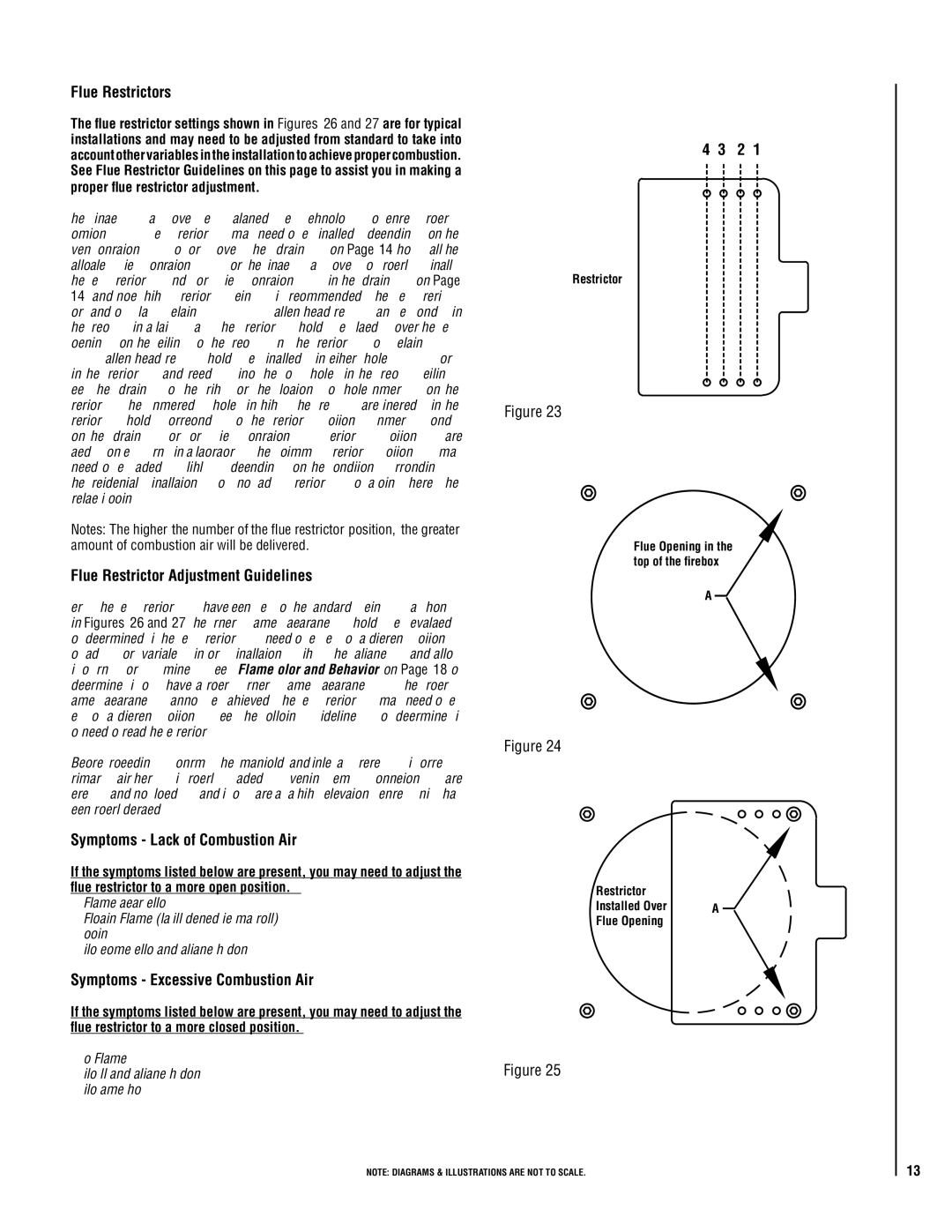VIN specifications
Lennox Hearth is renowned for its cutting-edge heating solutions, specifically their versatile VIN (Vent-Free Indoor Natural Gas) fireplaces. These fireplaces are designed to provide warmth and comfort while enhancing the aesthetic appeal of any living space. With an emphasis on efficiency, style, and safety, Lennox Hearth's VIN products offer an array of features and technologies that cater to diverse customer needs.One of the standout features of Lennox VIN fireplaces is their vent-free design. This technology allows for easy installation and flexibility in placement, as there is no need for external venting systems. Homeowners can enjoy the cozy ambience of a fireplace in virtually any room without the hassle of structural modifications often required for traditional fireplaces. The design also maximizes heat efficiency by utilizing all of the fuel to produce warmth, eliminating heat loss associated with venting.
The VIN fireplaces are equipped with advanced heating technologies, including the use of innovative ceramic burners. These burners deliver a realistic flame effect while effectively heating the room. Lennox Hearth has incorporated a system that allows for variable heat output, allowing users to adjust the intensity of warmth according to their preferences and the size of the space.
In terms of safety, Lennox takes pride in integrating user-friendly features. The VIN models come equipped with oxygen depletion sensors, which automatically shut off the unit if oxygen levels drop to unsafe levels, ensuring peace of mind for users. Additionally, the fireplaces are designed with high-quality, durable materials that enhance their longevity, making them a worthwhile investment for homeowners.
Aesthetically, Lennox VIN fireplaces are available in a variety of styles, finishes, and sizes. This versatility allows customers to select models that complement their home décor, whether they prefer a modern, sleek look or a more traditional design. Optional decorative fronts and logs further allow for personalization, ensuring each fireplace can serve as a focal point in the room.
In conclusion, Lennox Hearth VIN fireplaces combine innovative technology, safety features, and elegant design to provide an unparalleled indoor heating experience. With the ability to enjoy the warmth and ambiance of a fireplace without the constraints of venting, these units stand out as a practical and stylish solution for today’s modern homes. Whether for cozy family gatherings or quiet evenings, Lennox Hearth VIN fireplaces promise comfort and style for every household.

